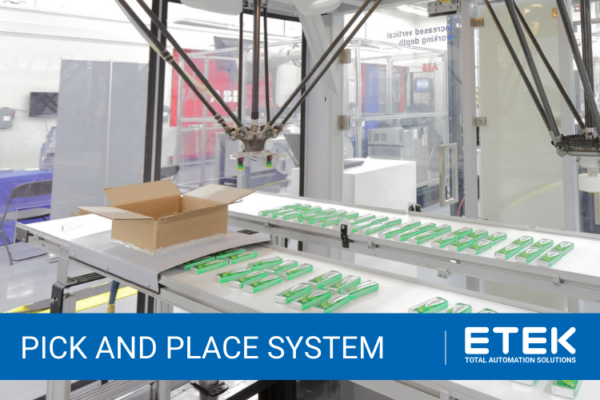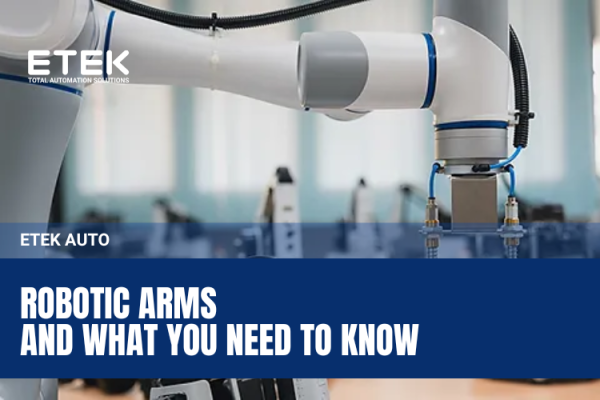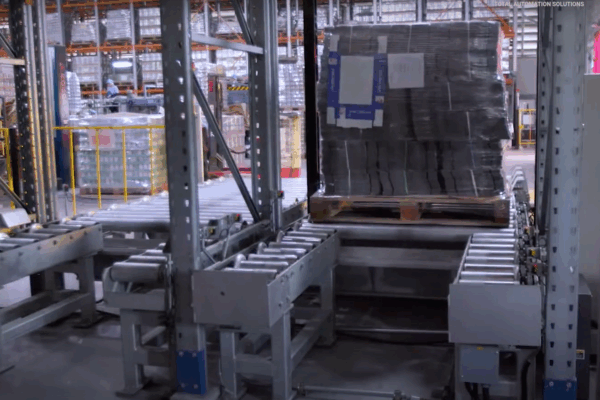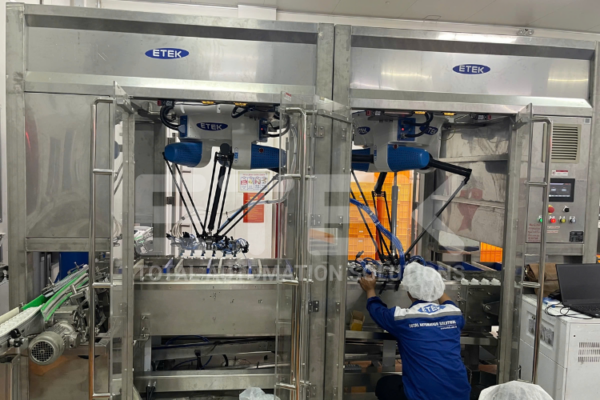Since ancient times, people have known how to bond materials, seal, or protect surfaces by manually applying, spreading, or spraying adhesive using simple tools. This traditional method is commonly used in manual production, daily life, or tasks requiring flexibility that machines cannot handle. However, this approach heavily depends on the worker’s skill and carries inherent risks.
Therefore, with the continuous development of science and technology, a solution has been found to apply automation in glue application processes. Gluing automation is the process of using machinery and automated technology to perform glue application tasks that were previously done manually. This enhances productivity, precision, and efficiency in production while minimizing human errors.
Thanks to advancements in science and technology, modern automated systems are increasingly optimized in design while maintaining high efficiency. Typically, an automatic adhesive application system includes the following main components:

Implementing adhesive automation addresses the shortcomings of manual adhesive application while offering several outstanding advantages:
Automated adhesive systems are widely used across various industries, including:

In modern manufacturing, repetitive tasks such as picking and transferring products between production stages not only consume time but also waste human resources. The High-Speed Pick and Place System emerges…

What is a robot arm? The robotic arm is programmed to perform a specific task. Additionally, the joints move along the axis of rotation in a certain number of directions.…

Are you having a headache because of limited warehouse space, slow goods movement, and high operating costs? It's time for your business to need Pallet Flow - a smart, efficient, and…

In modern manufacturing, optimizing processes and increasing production speed have become essential requirements. The application of automation technology in packaging helps businesses reduce reliance on manual labor, improve accuracy, and…